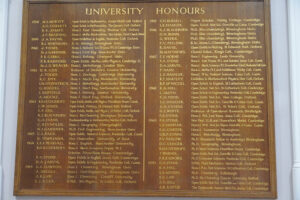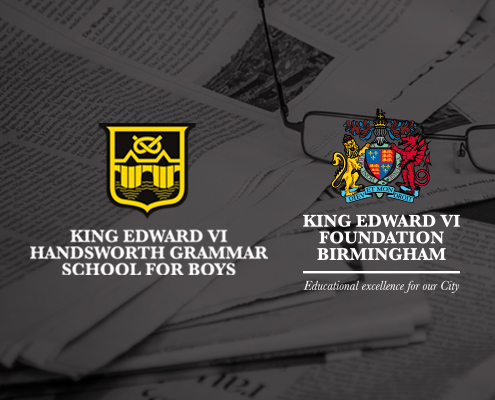Dr Brian R James Biography – Ex HGS Pupil
We were recently contacted by Peter E James who has written a biography of his father called: a Life of Science and Serendipity.
It is a fascinating and wonderful read.
Dr James was a pupil at HGS between 1947 to 1954. He was a member of Peel House and was in class 1C. He was a good athlete, football player (broke his wrist playing against the Old Boys in 1953), squash player, cricket player and cross country runner! The 11 year old Brian shocked everyone by finishing second in the school cross country 5 mile run and as a result set up a betting line with odds of 2 to 1 to win with his fellow pupils but unfortunately that year he came 30th and had a large pay out to make! Good to see that HGS spirit! Brian also enjoyed taking part in school productions. After A Levels in Mathematics, Physics and Chemistry Brian went up to Wadham College, Oxford and read Chemistry. Brian was the first of his family to attend University and is testament that HGS and the Grammar School system does what it says on the tin as the son of a working class Milkman successfully after hard work, grit and determination went to Oxford and had an illustrious career as an academic ending up as:
Dr Brian R James BA, MA (Oxon), D.Phil (Oxon), Postdoctoral, UBC Fellow, RSC





















